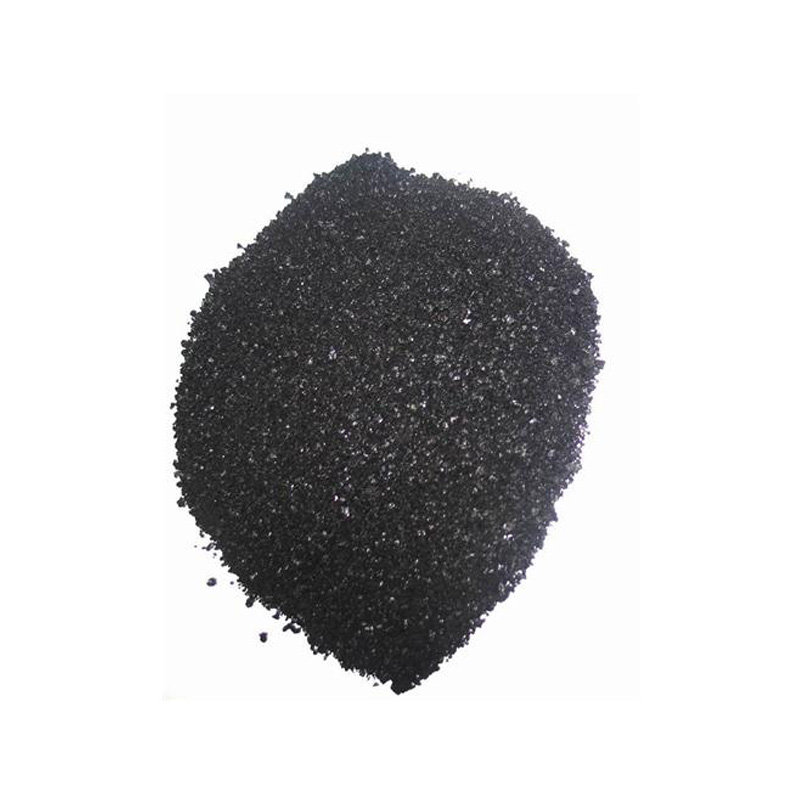reducing agent for indigo dye
Reducing Agents for Indigo Dye An Overview
Indigo dye, one of the oldest known dyes used for coloring textiles, has fascinated artisans and scientists alike for centuries. Its rich, deep blue hue comes from the indigo plant, primarily *Indigofera tinctoria*, but synthetic indigo has also been widely produced since the late 19th century. What remains crucial in the dyeing process is the ability to reduce indigo to a soluble form that can bond with fiber. This transformation and coloration process heavily relies on the use of reducing agents.
Understanding Indigo Reduction
The dyeing process of indigo traditionally begins with extracting the indigo from the plant and then preparing it for application. The indigo molecule, C₁₆H₁₀N₂O₂, is naturally in a form that is insoluble in water, rendering it ineffective for dyeing purposes. To dye textiles, indigo must be reduced to its leuco form, leucoindigo. This can be achieved through a chemical reduction process that converts the solid indigo into a soluble, colorless form. Upon exposure to air, the leucoindigo reverts to indigo, thus adhering to fabrics and creating the vibrant blue characteristic of dyed textiles.
Common Reducing Agents
There are several reducing agents that can facilitate the conversion of indigo to its leuco form. The choice of reducing agent can affect the dyeing process, the environmental impact, and the final properties of the dye.
1. Sodium Hydrosulfite This is one of the most common reducing agents used in industrial dyeing processes. Sodium hydrosulfite effectively reduces indigo and is favored for its efficiency and rapid chemical action. However, it requires careful handling and disposal due to potential environmental hazards.
2. Lime and Sugar A more traditional method involves a mixture of lime and sugar. Lime provides an alkaline medium, while sugar acts as a reducing agent. This method not only aligns with eco-friendly principles but also reflects a sustainable practice that can be employed in artisanal dyeing.
reducing agent for indigo dye

3. Other Organic Reducing Agents Various organic substances, including ascorbic acid, various sugars, and even tea or other natural extracts, can serve as reducing agents. While these may be less effective than synthetic options, they present a greener alternative for those focused on organic dyeing methods.
Environmental Considerations
The environmental impact of synthetic reducing agents has propelled a significant shift towards more sustainable practices in dyeing. While agents like sodium hydrosulfite offer rapid results, they can contribute to water pollution if not managed properly. As consumers increasingly demand environmentally friendly products, artists and manufacturers are revisiting ancient techniques and chemical processes that employ sustainable reducing agents.
Applications Beyond Textiles
The use of reducing agents for indigo dye extends beyond clothing. Indigo-dyed materials find applications in various industries such as home décor, crafts, and even artworks. Because of indigo's stability and unique color properties, it has also attracted attention in the field of art conservation and restoration.
Conclusion
In conclusion, the process of dyeing with indigo requires a careful selection of reducing agents to transform this beautiful, insoluble compound into a dye that can easily adhere to fabric. While traditional methods using lime and sugar can provide more sustainable options, the effective use of synthetic agents like sodium hydrosulfite remains prevalent in many industrial settings. As the demand for eco-friendly practices grows, the dyeing industry faces the challenge of balancing efficiency with environmental responsibility. The ongoing exploration of reducing agents and their impact on the indigo dyeing process not only preserves a historical craft but also advances toward sustainable innovation in textiles.
-
The Timeless Art of Denim Indigo Dye
NewsJul.01,2025
-
The Rise of Sulfur Dyed Denim
NewsJul.01,2025
-
The Rich Revival of the Best Indigo Dye
NewsJul.01,2025
-
The Enduring Strength of Sulphur Black
NewsJul.01,2025
-
The Ancient Art of Chinese Indigo Dye
NewsJul.01,2025
-
Industry Power of Indigo
NewsJul.01,2025
-
Black Sulfur is Leading the Next Wave
NewsJul.01,2025

Sulphur Black
1.Name: sulphur black; Sulfur Black; Sulphur Black 1;
2.Structure formula:
3.Molecule formula: C6H4N2O5
4.CAS No.: 1326-82-5
5.HS code: 32041911
6.Product specification:Appearance:black phosphorus flakes; black liquid

Bromo Indigo; Vat Bromo-Indigo; C.I.Vat Blue 5
1.Name: Bromo indigo; Vat bromo-indigo; C.I.Vat blue 5;
2.Structure formula:
3.Molecule formula: C16H6Br4N2O2
4.CAS No.: 2475-31-2
5.HS code: 3204151000 6.Major usage and instruction: Be mainly used to dye cotton fabrics.

Indigo Blue Vat Blue
1.Name: indigo blue,vat blue 1,
2.Structure formula:
3.Molecule formula: C16H10N2O2
4.. CAS No.: 482-89-3
5.Molecule weight: 262.62
6.HS code: 3204151000
7.Major usage and instruction: Be mainly used to dye cotton fabrics.

